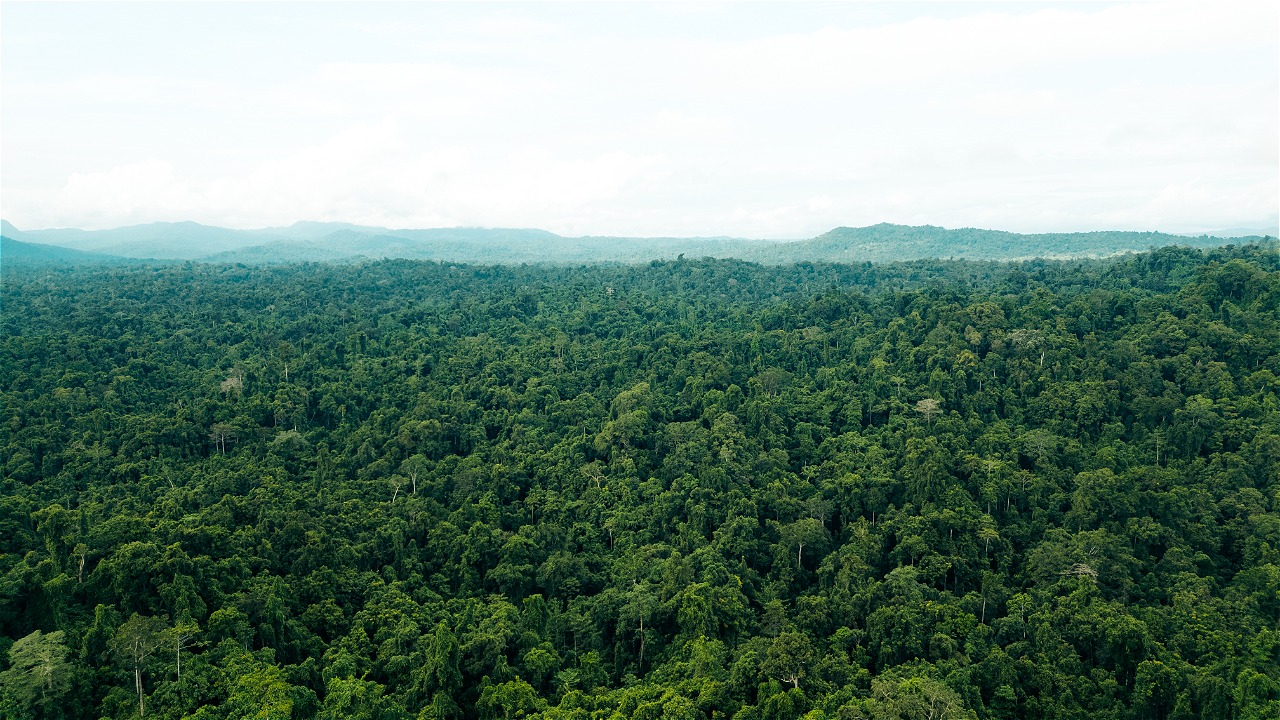WHAT WOOD YOU CHOOSE?
Knowledge of certified raw materials is important for the knowledge of all those who deal with wood products, especially students majoring in design, architecture, art workers and others. The origin of raw materials is important knowledge, especially certified wood harvested from responsibly managed forests. To understand the origin of raw materials, WWF-Indonesia held two parallel events in Jakarta and Bandung.
In Jakarta, the event was held in collaboration with the traveling coffee community who are generally art workers and was held at Toodz House, Cipete Raya. The speaker in Jakarta was Onezhan, a self-taught artist who uses a lot of scrap wood in his work, which he collects from people's houses or even trash bins and then paints on the top.While in Bandung, there was Yu Sing, a young architect and founder of Akanoma, an architectural design house that utilizes recycled wood. The event was attended by hundreds of young people with backgrounds in environmental activism, art, design and architecture students, who are potential users of raw materials, who were very enthusiastic to get an introduction to certified wood raw materials.
Timber certification is one of the important elements to encourage sustainable forest practices, because through the label on each final product, it will make it easier for anyone to check the source of the wood that becomes the raw material. The timber legality verification system (SVLK) and the Forest Stewardship Council (FSC) are two of the certifications that have been known by Indonesian forest entrepreneurs.SVLK is a licensing scheme that guarantees timber exports in accordance with forest laws in Indonesia.Through the Government and the definition of legality that has been approved by various parties and is mandatory.Meanwhile, the voluntary FSC is an international organization established since 1993 to promote sustainable forest management.
Yu Sing, an architectural figure in Bandung who was also one of the resource persons, revealed that wood will continue to experience a form of exploration for the needs of buildings and residences. According to Yu Sing, wood has a low thermal conductivity, making buildings less hot and warmer when cold. However, Yu Sing is also aware that the availability of wood is sometimes directly proportional to the rapid rate of deforestation. "A deep understanding is needed so that the exploration of ideas for needs can continue, without damaging the future and the environment itself," he said.
"Currently, at least 97% of forest concession rights (HPH) in Indonesia have not yet obtained Forest Stewardship Council (FSC) certificates," said WWF Indonesia's Responsible Forestry Coordinator GFTN, Joko Sarjito. Joko continued, "HPH certified Controlled Wood is only five units, the industry certified FSC-CoC (Chain of Custody, Traceability) 218 units, HPH that can PHPL (Sustainable Production Forest Management) certificate until September 2013 as many as 186 units, while the Timber Legality Verification (VLK) certificate is only 82 units. The industries that have obtained VLK certificates are only 710 units."
So, why choose certified wood? The high human need for wood for houses, as well as other goods such as paper and palm oil has reduced Indonesia's tropical rainforest cover. Analysis by the World Research Institute (WRI) states that Indonesia's hardwood processing industry in the 1990s used at least 33.1 million m3 of wood/year (sawmill industry: 9.4 million m3; plywood industry: 23.7 million m3. For this reason, timber certification guarantees timber produced by the timber industry or from responsibly managed forests. By purchasing certified wood products, we are indirectly participating in saving Indonesia's tropical forests and biodiversity.





